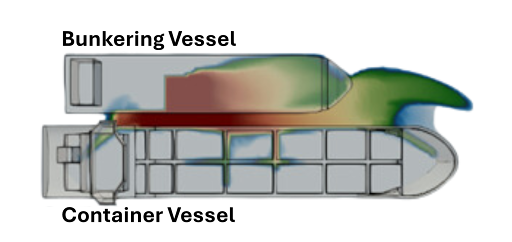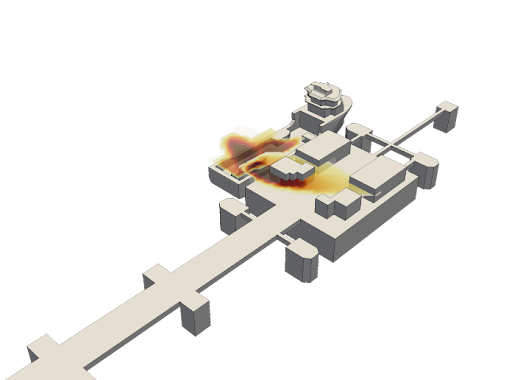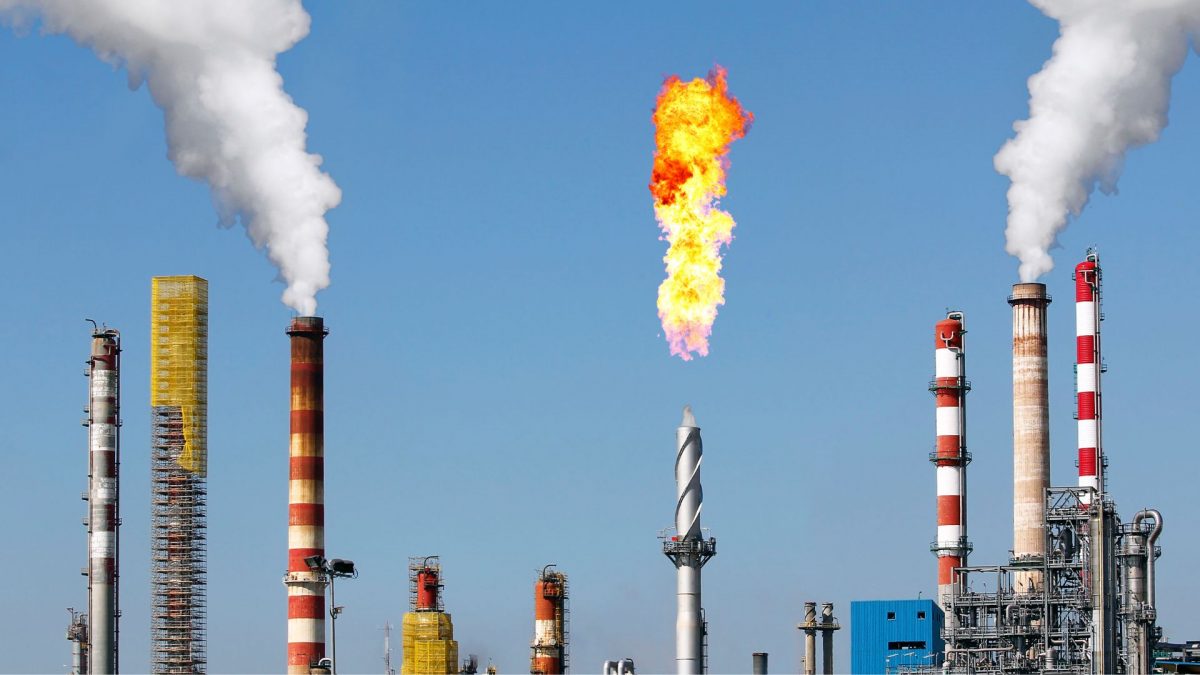Adopting low-carbon fuels in the maritime sector requires precise risk assessment for storage, transportation and bunkering. Supported by the supercomputing resources of the National Supercomputing Centre (NSCC), the team has deployed advanced multi-fidelity digital models on ASPIRE2A for predictions of gas plume dispersion from potential leakage scenarios during methanol and ammonia bunkering operations.
These models take into account important factors like wind speed, direction, vessels, surrounding blockage structures, and complex interactions to provide a more realistic picture of how toxic and/or flammable clouds might spread from accidental releases. The resulting safety footprint from any hazardous scenario is determined from sampling through a wide parametric space of environmental conditions by executing high-fidelity simulation model on HPC resource at NSCC. This approach helps capture effects of the uncertain real-world environments on risk assessment; thus addressing the unique safety challenges posed by methanol and ammonia and pave the way for safer maritime practices.
The multi-fidelity digital models combined two advanced computational approaches—Computational Fluid Dynamics (CFD) and Fast Surrogate Modeling.
- High-fidelity Model: CFD simulates fluid movement to predict gas dispersion in a well-resolved geometrical surrounding with highly uncertain environmental conditions, capturing complex interactions that could impact dispersion patterns and consequences.
- Fast Surrogate Modeling: Enabling rapid assessments of plume dispersion by using model reduction technique built from high-fidelity CFD database. The model allows for quick probabilistic estimation of safety zones and emergency responses.
- HPC resources used: The project was allocated 2 millions CPU hours on NSCC Singapore’s supercomputing resources
- Dedicated computational power: Supported large parametric study with complex simulations, enabling faster and more accurate predictions.
- Enhanced model performance for realistic simulations: Enabled the creation of advanced, reliable consequence analysis tailored to complex scenarios, uncertain variables. Ensured that risk assessments accurately capture real-world complexities and challenges.
- Optimised efficiency: Significantly reduced CFD computation time to hours, making it feasible to effectively assess a broad range of potential scenarios towards meeting practical demand from operation and planning.
This advanced risk assessment capability is one of the planning tools that supported the Maritime and Port Authority (MPA) of Singapore and team to conduct the following world’s first bunkering trials in Singapore:
- First Methanol Ship-to-Container Ship (STS) Bunkering Operation in the Port of Singapore (July 2023).
- World’s First Bulk Liquefied Hydrogen Carrier, Suiso Frontier, to the Port of Singapore (September 2023).
- First Use of Ammonia, in combination with diesel, as a Marine Fuel in a Dual-Fuelled Ammonia-Powered Vessel, the Fortescue Green Pioneer in the Port of Singapore (March 2024).
- First Successful Simultaneous Methanol Bunkering for Container Vessels and Cargo Operation (SIMOPS) at Tuas Port (May 2024).
The success supports Singapore’s position as a global bunkering hub committed to grow the multi-fuel bunkering capabilities to support the maritime fuel transition. The insights gained from these trials will improve future operations, helping to set safety standards for international maritime practices. With these steps, the Port of Singapore is prepared for commercial methanol bunkering, and similar approaches are being applied to other new fuels like ammonia.
“High performance computing (HPC) resources were essential to our research, enabling us to perform complex, large-scale simulations and develop highly accurate risk assessments for alternative fuels like methanol and ammonia. The research will help guide our approach for future pilots and trials of new marine fuels. With NSCC Singapore’s supercomputing capabilities, we incorporated intricate environmental variables, ensuring the precision needed to support Singapore’s decarbonisation goals safely and effectively.”

Vinh-Tan Nguyen
Senior Principal Scientist, Flud Dynamics (FD)
Agency of Science, Technology and Research (A*STAR), Institute of High Performance Computing (IHPC)







